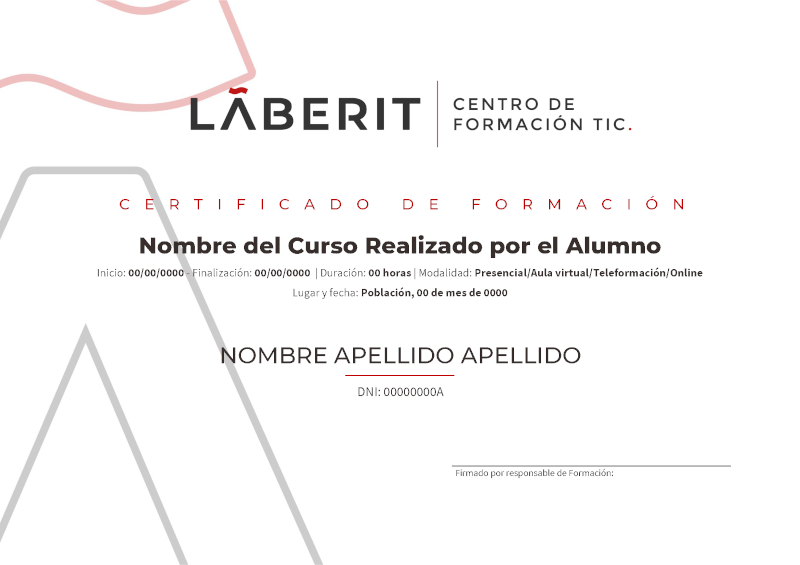This course examines the key elements of Microsoft 365 messaging administration, including message transport and mail flow, messaging security, hygiene, and compliance, messaging infrastructure, and hybrid messaging. This course is designed for IT Professionals who deploy and manage the messaging infrastructure for Microsoft 365 in their organization. The course begins with an examination of Microsoft’s messaging transport pipeline. You will learn how to plan, configure, and manage transport services to provide efficient communication between your Exchange Servers, Exchange Online, and other mail servers on the Internet. You will also learn how to manage and troubleshoot mail flow, as well as how to troubleshoot transport services when issues occur in different scenarios so that you can provide your organization with a healthy and reliable messaging infrastructure. You will then learn about the different messaging-related security and compliance service configurations and settings with Exchange Server and Exchange Online. You will begin by examining the fundamentals of message hygiene with Exchange Online Protection and Exchange Advanced Threat Protection, as well as connection and spam filtering with Exchange. You will then examine messaging compliance solutions, such as retention and data loss prevention policies, as well as audit log investigations and eDiscovery search mechanisms from the messaging compliance perspective. You will then transition to a study of the Microsoft messaging infrastructure. This includes managing organizational settings, mobile devices, role-based permissions, recipient objects and resources, and address lists. This section then examines public folders, including how to plan, implement, and troubleshoot your public folder hierarchy. Finally, the course concludes with an introduction to the world of hybrid messaging. You will learn how to deploy a hybrid environment for your Exchange organization and how to migrate mailboxes to Exchange Online. You will begin by examining available mailbox migration options, and then focus on planning for a hybrid deployment. Finally, you will learn how to implement and troubleshoot a hybrid deployment.
¿A quién va dirigido?
The Messaging Administrator deploys, configures, manages, and troubleshoots recipients, permissions, mail protection, mail flow, and public folders in both on-premises and cloud enterprise environments. Responsibilities include managing message hygiene, messaging infrastructure, and hybrid configuration and migration. To implement a secure hybrid topology that meets the business needs of a modern organization, the Messaging Administrator must collaborate with the Security Administrator and Microsoft 365 Enterprise Administrator. The Messaging Administrator should have a working knowledge of authentication types, licensing, and integration with Microsoft 365 applications.
Requisitos previos
This course is designed for persons who are aspiring to the Microsoft 365 Messaging Administrator role.








